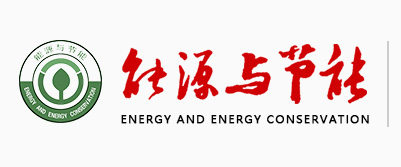202303
基于LMDI及Tapio模型的山西省物流业低碳发展研究
柯康凯1,张英彦2
(1. 安徽理工大学经济与管理学院,安徽 淮南 232001;2. 宿州学院商学院,安徽 宿州 234000)
摘要: 基于2005—2020 年山西省物流业能源消费状况和区域经济发展数据,采用LMDI 分解法识别物流业碳综合排
放水平的潜在影响因素,依据Tapio 脱钩模型厘清物流业发展质量与碳排放能力的脱钩关系。研究结果表明:能源效率、
能源结构和产业结构因素对物流业碳排放起抑制作用,经济发展水平和人口规模因素对物流业碳排放产生促进作用;物
流业发展与碳排放两者有向强脱钩发展的趋势。根据山西省实际情况提出相关建议,推进物流业绿色低碳发展。
关键词: 物流业;碳排放;LMDI分解模型;Tapio 脱钩模型
中图分类号: F127 文献标志码: A 文章编号: 2095-0802-(2023)03-0006-07
Low Carbon Development of Logistics Industry in Shanxi Province Based on LMDI and
Tapio Models
KE Kangkai1, ZHANG Yingyan2
(1. Department of Economics and Management, Anhui University of Science and Technology, Huainan 232001, Anhui, China;
2. School of Business, Suzhou University, Suzhou 234000, Anhui, China)
Abstract: Based on the energy consumption status and regional economic development data of the logistics industry in Shanxi
Province from 2005 to 2020, the LMDI decomposition method was used to identify the potential influencing factors of the
comprehensive carbon emission level of the logistics industry, and Tapio decoupling model was used to clarify the decoupling
relationship between the development quality of the logistics industry and carbon emission capacity. The results show that the factors
of energy efficiency, energy structure and industrial structure inhibit the carbon emissions of the logistics industry, while the
factors of economic development level and population size promote the carbon emissions of the logistics industry; there is a strong
decoupling trend between logistics industry development and carbon emissions. According to the actual situation of Shanxi
Province, this paper put forward relevant suggestions to promote the green and low-carbon development of the logistics industry.
Key words: logistics industry; carbon emissions; LMDI decomposition model; Tapio decoupling model


